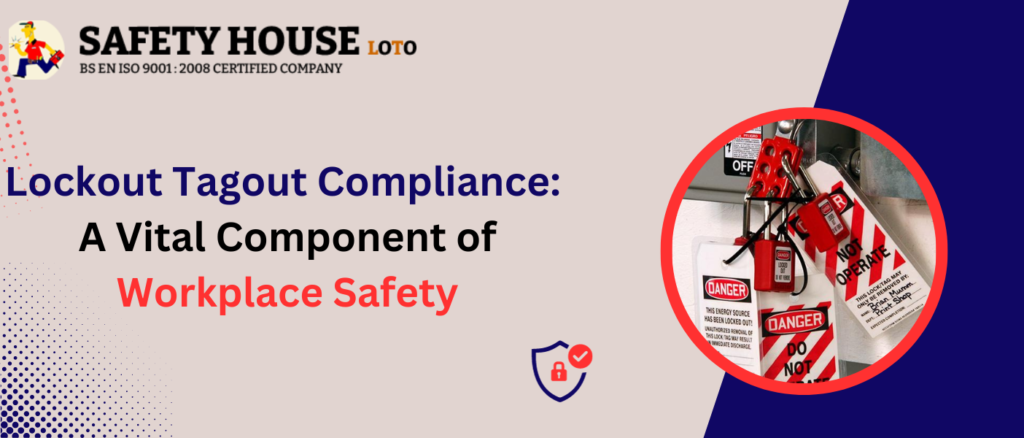
Lockout Tags Compliance: A Vital Component of Workplace Safety
Unleashing the Power of Lockout Tags for a Safer Workplace
In the dynamic world of industrial operations, workplace safety remains paramount. Among the crucial aspects of ensuring safety, lockout tagout (LOTO) procedures stand out as a cornerstone of protection. LOTO procedures, often overlooked, play a pivotal role in safeguarding employees from the perils of hazardous energy sources.
Unveiling Lockout Tags: A Guardian Against Unforeseen Energy Release
Lockout tags are safety protocols designed to control and isolate hazardous energy sources during equipment maintenance, repair, or servicing. By effectively de-energizing machinery and equipment, LOTO procedures prevent the unexpected release of energy, which can lead to catastrophic consequences, including severe injuries, fatalities, and equipment damage.
The Regulatory Landscape: OSHA‘s Mandate for LOTO Compliance
The Occupational Safety and Health Administration (OSHA) recognizes the significance of LOTO in safeguarding workers. To enforce LOTO compliance, OSHA has established comprehensive regulations and standards, outlined in 29 CFR 1910.147. These regulations mandate employers to implement effective LOTO programs to protect workers from hazardous energy sources.
Unveiling the Anatomy of an Effective LOTO Program
A successful LOTO program comprises several essential components that work in unison to ensure worker safety and regulatory compliance. These components include:
- A Comprehensive LOTO Policy: A well-documented policy serves as the foundation of an effective LOTO program. It outlines the program’s objectives, responsibilities, and procedures, providing clear guidance for all employees.
- LOTO Training for Employees: Equipping employees with the knowledge and skills to implement LOTO procedures is crucial. Regular training ensures that employees understand the importance of LOTO and can effectively apply the procedures in various scenarios.
- Energy Source Identification and Isolation: Accurately identifying and isolating energy sources is fundamental to LOTO success. This involves conducting hazard assessments and developing detailed procedures for isolating each type of energy source.
- Lockout and Tagout Procedures: Implementing standardized lockout and tagout procedures is essential. These procedures specify the specific devices, such as padlocks and hasps, and warning tags to be used for each energy source.
- LOTO Procedure Testing and Validation: Regularly testing and validating LOTO procedures ensures their effectiveness in preventing the release of hazardous energy. This involves simulating real-world scenarios and verifying that procedures are properly followed.
- Continuous LOTO Program Audits: Periodic audits of the LOTO program are crucial for identifying and addressing any gaps or inconsistencies. This proactive approach helps maintain compliance and continuous improvement.
Harnessing the Power of Lockout Tags: Your Sentinels of Safety
Lockout tags are not merely physical objects; they are sentinels of safety, standing guard against inadvertent equipment operation during maintenance or servicing. These seemingly simple devices play a pivotal role in lockout/tagout (LOTO) procedures, serving as visible reminders and physical barriers that prevent unauthorized access to hazardous energy sources.
A Visual Declaration of Safety
When properly secured to energy-isolating devices, lockout tags immediately communicate a critical message: “This equipment is undergoing maintenance. Do not operate!” Their bold, unambiguous warnings serve as a stark visual cue, alerting workers and passersby to the potential hazard. This visual declaration of safety is particularly crucial in industrial environments where noise and distractions can hinder verbal communication.
A Physical Barrier Against Unintended Activation
Beyond their communicative role, lockout tags also function as physical barriers, preventing unauthorized access to energy sources. By securing the isolation valves, switches, or control points with personal locks and tags, authorized workers effectively safeguard the equipment from accidental energization. This physical restraint ensures that only those actively involved in the maintenance process can manipulate the equipment controls.
